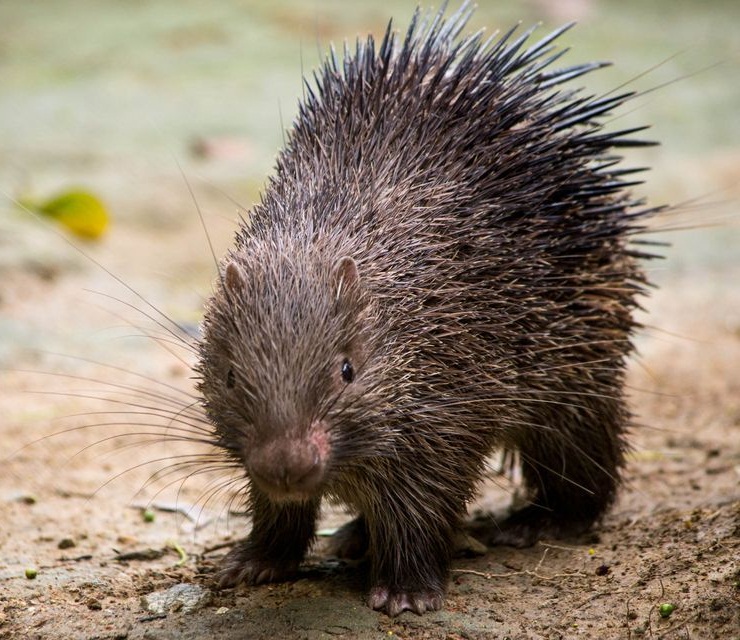Porcupine
Porcupines are rodentian mammals covered with a coat of sharp spines, called ‘quills’, for protection against predators. The Old World porcupines and the New World Porcupines are distributed into two evolutionary independent groups of the order Rodentia, suborder Hystricomorpha, along with a long list of infraorder, parvorder, subspecies, family and superfamilies.
Scientific Name – Hystricognathi
Classification – Hystricomorpha
Gender Names – Male – boar; Female – sow; Baby – porcupette
Collective Noun – Prickle
Length/Size – Varies between groups/subspecies
Weight – Varies between groups/subspecies
Top Speed – Varies between groups/subspecies
Life Expectancy – average 5 to 6 years
Mating Season – Varies between groups/subspecies
Gestation Period – 210 days
Special Features – The body is broad and stout body with toxic spikes
Social Structure – Solitary
Geographical Distribution – Old World porcupines live in southern Europe, Asia, and most of Africa; New World porcupines are indigenous to North America and northern South America
Natural Habitat – New World members live in forests and deserts, rocky outcrops and hillsides; Old World members stay on the rocks
Diet – Roots, Leaves, Berries
Predators – Owl, Eagles, Wolves

